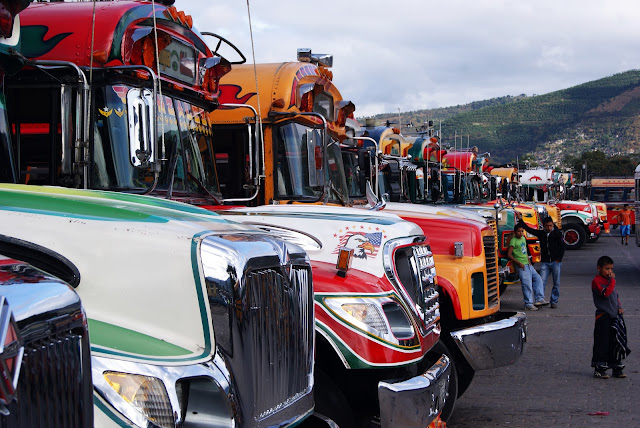Nearly 30,000 flamingos make their home in the shallow,
murky waters of the Yucatan Peninsula’s northern coast. Thanks to the salty
water of the estuaries and mangrove forests, the water of the area makes a
hospitable environment for tiny organisms and algae. It’s a regular flamingo
feasting ground, the carotene-rich algae making the flamingos some of the
pinkest in the world.
We were lucky enough to visit the Yucatan’s Celestún
Biosphere Reserve, the winter habitat of these magnificent, bizarre creatures. Vibrantly-colored,
around five feet tall, and all gangly limbs and massive beak, flamingos are
some of the strangest, most unique birds on the planet, bar none.
When they stretch to full height, in squawking distress
about the nearness of boats or humans, it is easy to see how their shape could
lead to their being used as disgruntled croquet mallets in the Queen of Hearts’
court. However, the fear and upset cause to non-fictitious flamingos by human
presence has a more immediate danger; in such a delicate ecosystem, any
disturbance could cause the flocks to abandon their feeding and nesting grounds,
leaving these mostly non-migratory birds to seek asylum elsewhere on the
peninsula.
Seeing them by the hundreds, or possibly thousands, is a breathtakingly
beautiful experience. They paint the horizon in vibrant magenta patches as they
spend their days feeding in the estuary bed, one-legged, necks swiveling this
way and that, massive evolutionarily-designed beaks filtering water ceaselessly.
There is nothing quite so amazing as seeing magnificent creatures in their
natural habitat.






















































